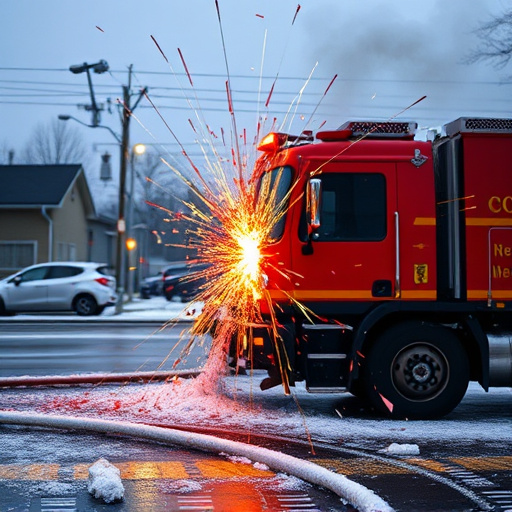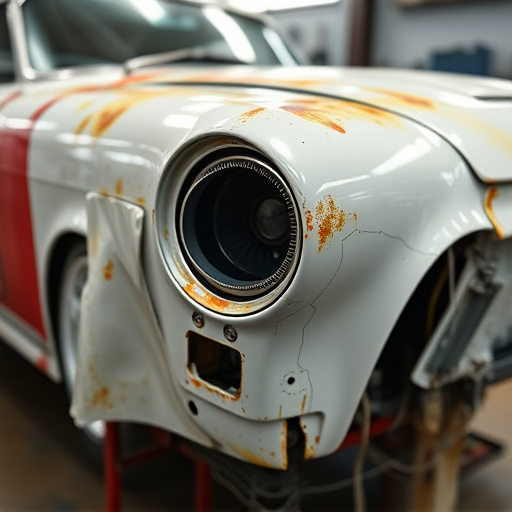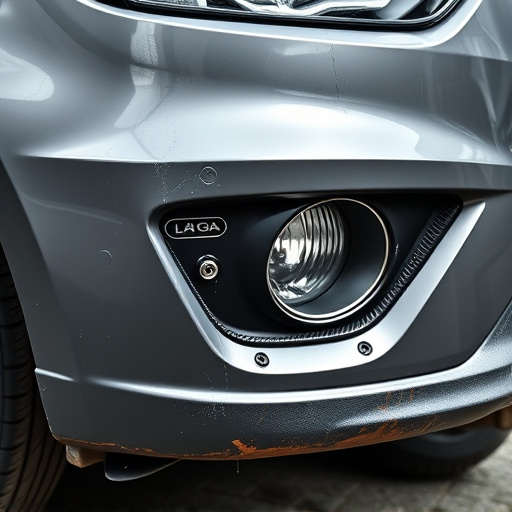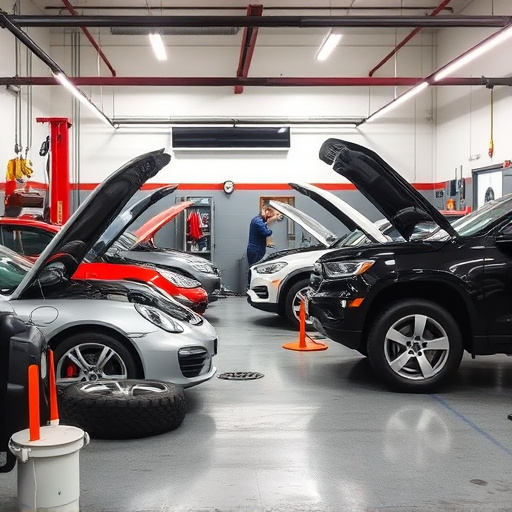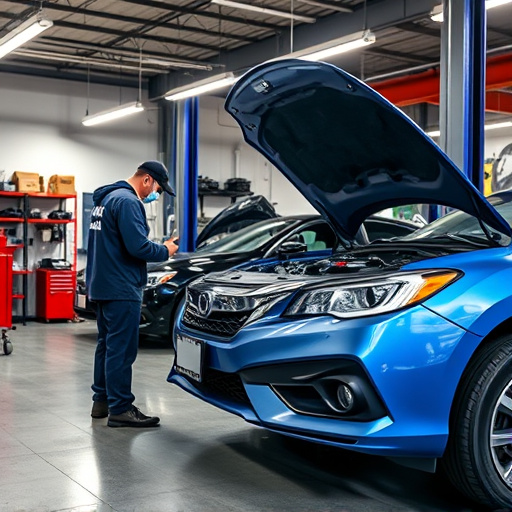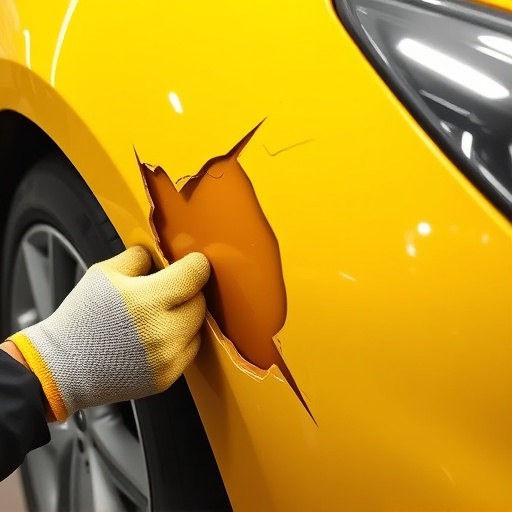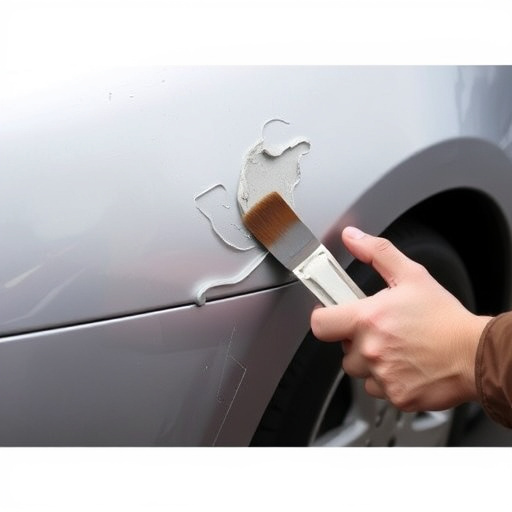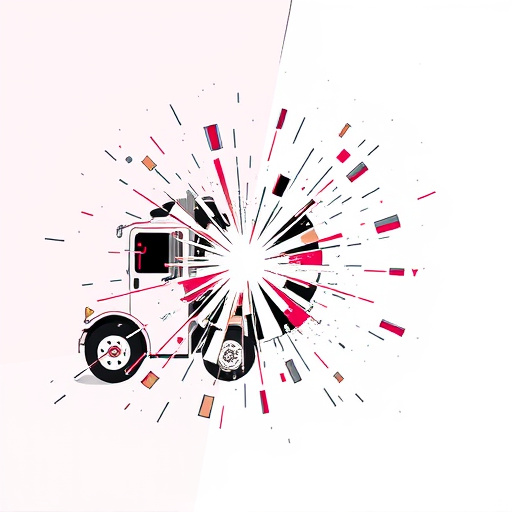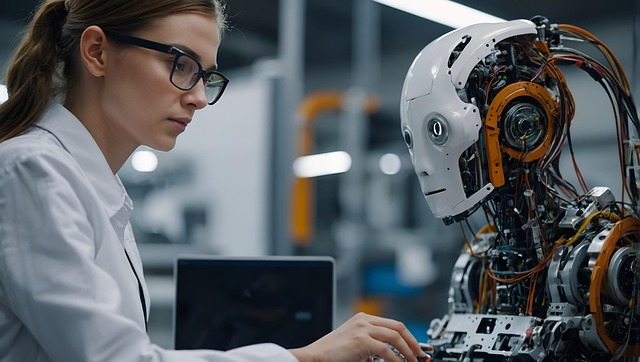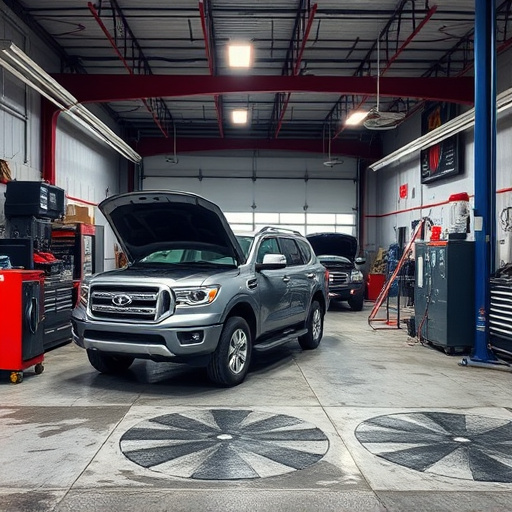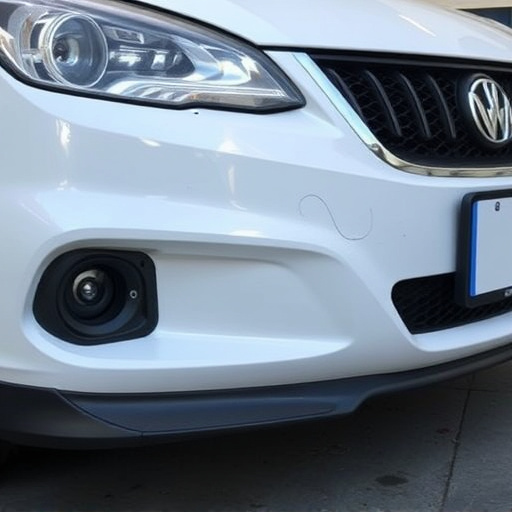Achieving Original Equipment Manufacturer (OEM) accuracy in specialty trim repair is paramount for quality and customer satisfaction. Using original parts ensures precise color match and dimensional precision, aligning perfectly with vehicle design. Meticulous techniques like dent removal, collision damage repair, detailed planning, and skilled technicians ensure superior car restoration services characterized by precise attention to detail.
In the meticulous world of specialty trim repair, Original Equipment Manufacturer (OEM) accuracy is paramount. This article delves into why precision matters, exploring its profound impact on quality and customer satisfaction within this niche automotive sector. We dissect the challenges unique to specialty trim repair and present best practices for achieving OEM-level accuracy, ensuring lasting results that meet high expectations.
- Understanding OEM Accuracy in Trim Repair
- Impact on Quality and Customer Satisfaction
- Best Practices for Achieving Precision in Specialty Trim Work
Understanding OEM Accuracy in Trim Repair

In the realm of specialty trim repair, OEM (Original Equipment Manufacturer) accuracy is paramount. It refers to the precise replication of a vehicle’s original interior and exterior components, ensuring that every detail matches the manufacturer’s specifications. This level of accuracy is crucial in car collision repair and collision damage repair processes, where damaged or missing trim pieces need to be replaced accurately to maintain the vehicle’s aesthetic appeal and structural integrity.
OEM accuracy guarantees that the new trim pieces not only look identical to the originals but also fit seamlessly into the existing design. For instance, during a collision repair process, where panels might have been bent or deformed, OEM accuracy ensures that replacement parts align perfectly with adjacent components, minimizing visible gaps or misalignments. This meticulous attention to detail is what sets apart professional specialty trim repair work from simple do-it-yourself efforts, making it essential for those seeking high-quality repairs in their car collision repair or collision damage repair journey.
Impact on Quality and Customer Satisfaction

When it comes to specialty trim repair, OEM (Original Equipment Manufacturer) accuracy is paramount. Using original parts ensures that every detail, from color match to dimensional precision, aligns perfectly with the vehicle’s design. This level of accuracy directly impacts both quality and customer satisfaction. A high-quality repair that accurately mirrors the vehicle’s original aesthetics boosts customer confidence and appreciation for the work performed. Conversely, inaccuracies in trim repair, such as inconsistent coloring or misaligned panels, can lead to a noticeable disparity between the repaired area and the rest of the vehicle, causing dissatisfaction among customers who expect flawless results from their automotive body shop.
In the realm of specialty trim repair, achieving OEM accuracy is not just about meeting expectations; it’s about exceeding them. It involves meticulous techniques like precise dent removal and collision damage repair, ensuring that the final product not only matches the vehicle’s make and model but also enhances its overall appearance. This dedication to excellence is what sets top-tier automotive body shops apart from their competitors, fostering a reputation for reliable and satisfying service among those seeking dent removal or collision damage repair solutions.
Best Practices for Achieving Precision in Specialty Trim Work

In the realm of specialty trim repair, achieving precision is paramount to delivering top-notch collision repair services. Best practices for reaching such accuracy include meticulous planning and preparation. This involves thoroughly understanding the intricate details of the car’s design, utilizing high-quality tools and equipment, and adhering to strict quality control measures at every stage of the restoration process. A well-lit, clean workspace and clear communication among technicians are also vital elements in ensuring precision.
Additionally, training and experience play a significant role. Skilled technicians, adept in both modern technology and traditional craftsmanship, can navigate the labyrinthine details of specialty trim repair with ease. They employ techniques like measuring twice and cutting once, using reference points to guide their work, and double-checking fits and finishes. By combining these best practices, collision centers can offer superior car restoration services, ensuring that every vehicle leaves their facility with meticulous precision and attention to detail.
In conclusion, achieving high accuracy in specialty trim repair work is paramount for ensuring product quality and customer satisfaction. By understanding the significance of OEM (Original Equipment Manufacturer) specifications and adopting best practices, professionals can deliver precise results that meet or exceed expectations. Investing time in meticulous measurement, utilizing advanced tools, and maintaining consistent techniques are essential steps to achieve excellence in this specialized field.
